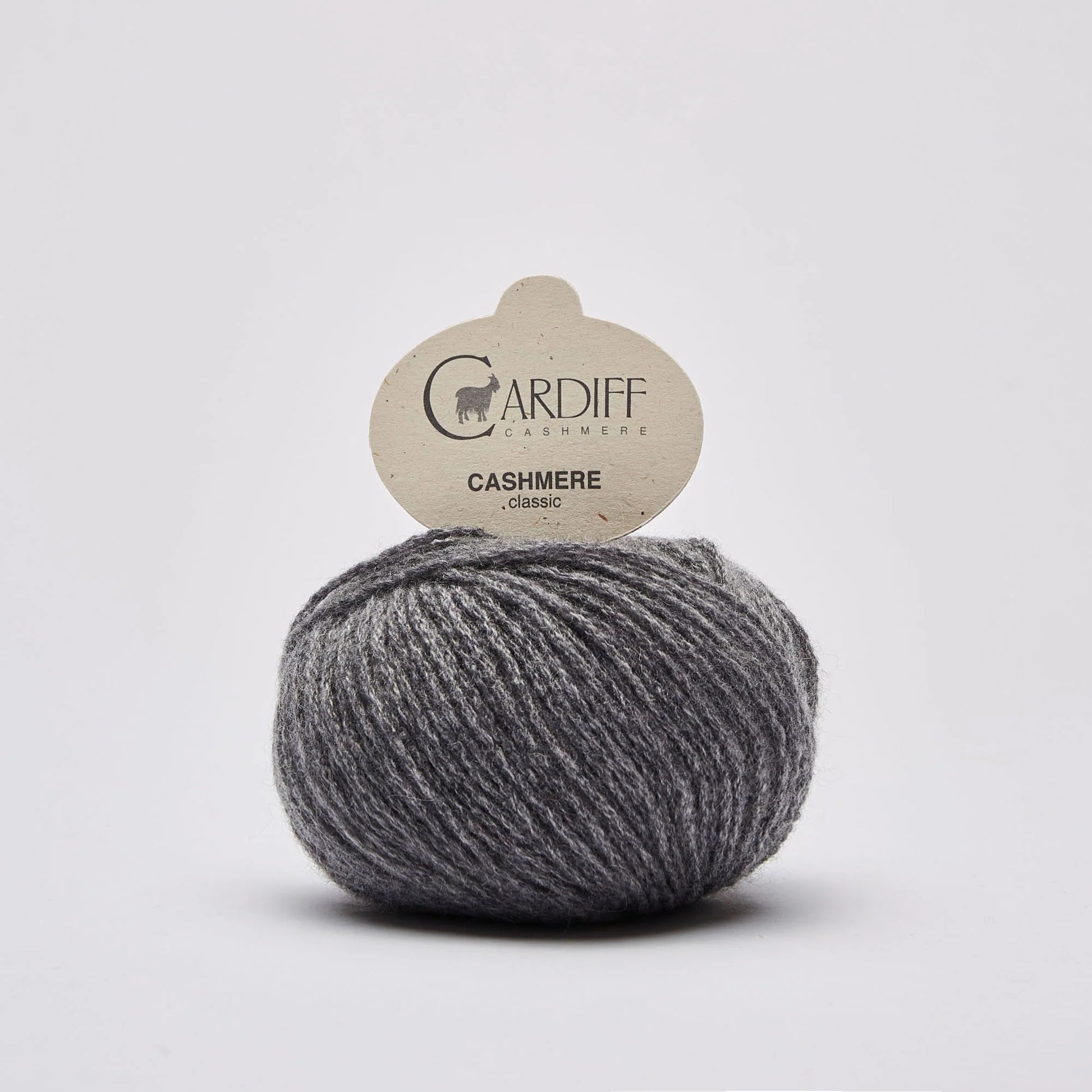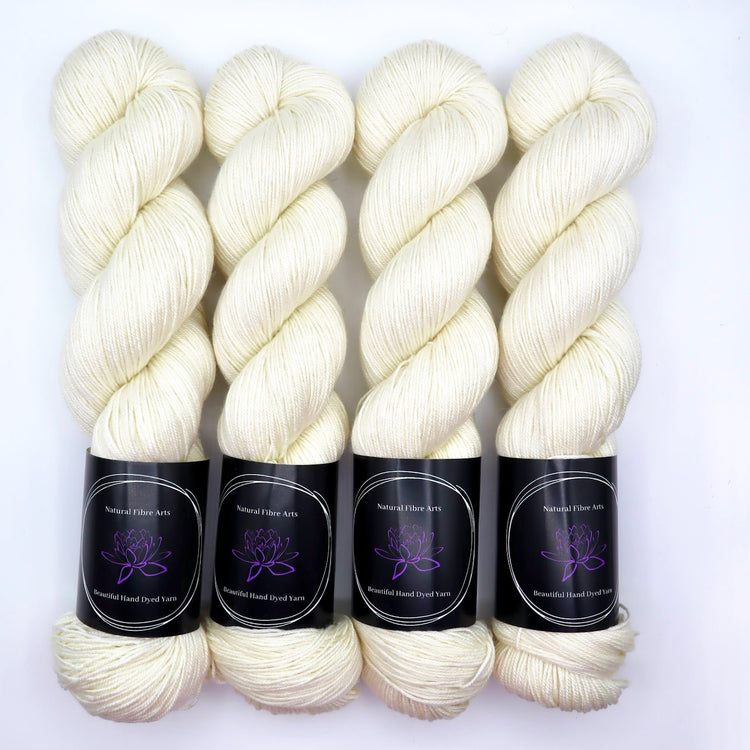How is cashmere Fibre Made and Why Is It So Sought After?
How is cashmere Fibre Made and Why Is It So Sought After?
Blog Article
Reasons You Need To Require Cashmere a Natural Fiber for Convenience and Beauty in Everyday Wear
In the realm of textiles, few fibers equal the luxury and convenience of cashmere. Exactly how can one best make use of cashmere to elevate their design? These appealing concerns lay the structure for an informing exploration right into the world of cashmere. cashmere fibre.
Understanding the Elegant Nature of Cashmere

Examining the Convenience Aspect of Cashmere Wardrobe
What qualities highlight the comfort element of cashmere garments? The soft qualities of cashmere is the very first top quality to think about. Its luxurious texture makes it seem like a 2nd skin, providing warmth without the weight or itching related to other wool items. Cashmere's one-of-a-kind fiber structure allows for breathability, managing temperature level and avoiding getting too hot. The material's versatility and durability make certain that it molds against the body comfortably, maintaining its form over time. Cashmere's hypoallergenic residential or commercial properties additionally add to its comfort, making it an ideal option for delicate skin. Finally, the capability to layer cashmere items without bulkiness increases the comfort factor. Basically, the comfort of cashmere is stemmed from its softness, breathability, resilience, hypoallergenic nature, and convenience.

The Environmental Effect and Sustainability of Cashmere
While the convenience and sophistication of cashmere are certainly appealing, it's equally essential to consider its connection with the atmosphere. Cashmere production, mainly in Mongolia and China, involves elevating cashmere goats, which can significantly strain delicate meadow communities due to overgrazing. Efforts are being made to establish lasting cashmere production methods, such as rotational grazing and cleaner handling techniques.
Comparing Cashmere to Synthetic Fibers: A Cost-Benefit Analysis
Despite its environmental challenges, cashmere presents an unique set of advantages over synthetic fibers. Cashmere's natural fibers supply unequaled gentleness and warmth, equating right into comfort that artificial fibers battle to match. Unlike artificial fibers, cashmere does not add to microplastic air pollution, making it an extra lasting option.
Designing Tips With Cashmere for Everyday Elegance
Having actually what material is cashmere taken into consideration the cost-benefit analysis of cashmere compared to artificial fibers, it comes to be clear why this extravagant product is a preferred choice for lots of. When styling cashmere for day-to-day elegance, simpleness is essential. Inevitably, the integral elegance of cashmere makes it a flexible enhancement to any type of closet, easily improving daily outfits with a touch of luxury.

Conclusion
In summary, the remarkable residential properties of cashmere make it an important addition to any kind of closet. Its elegant feeling, comfort, breathability, and versatility to differing temperatures are exceptional. Furthermore, cashmere's sustainability and reduced ecological influence compared to artificial fibers even more enhance its appeal. The timeless elegance of cashmere, combined with its versatility, includes class to everyday wear. Investing in cashmere garments is a rewarding decision for convenience, design, and sustainability.

Report this page